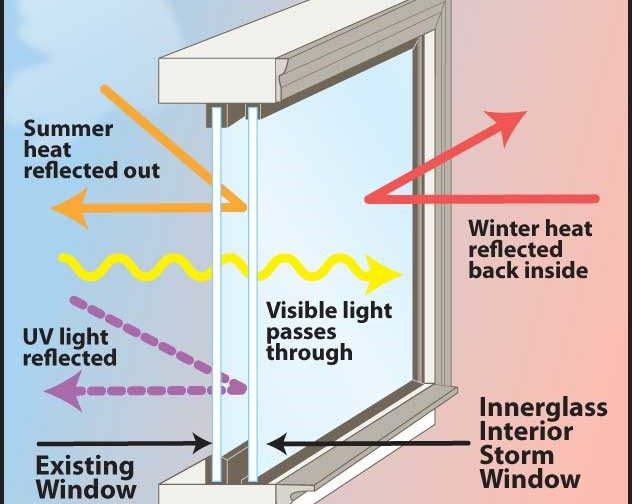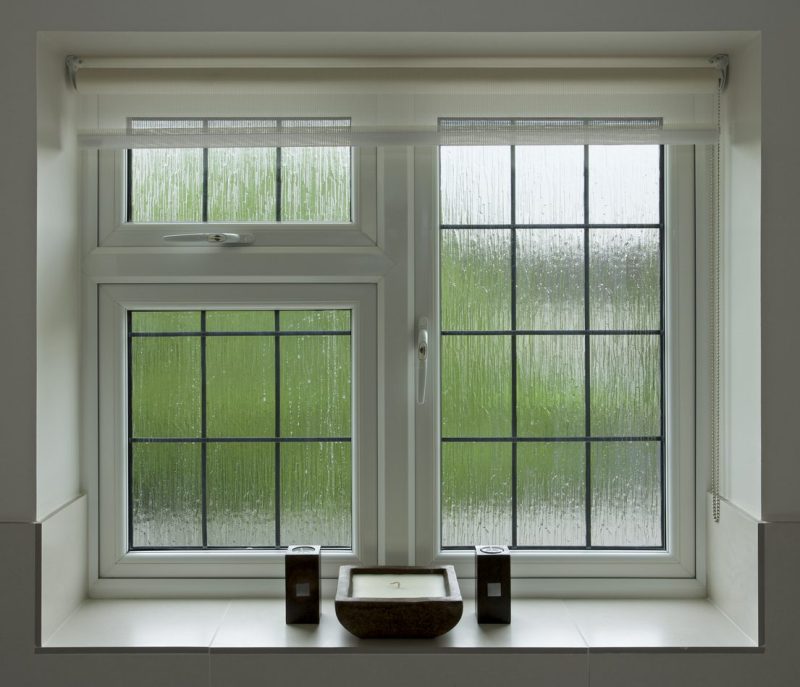All Categories
Featured
Table of Contents
Solace Creations: Home in Beechboro WA
That window can transmit more solar heat in winter than in summer. A west-facing window on a summertime's afternoon has an angle of occurrence from near 0 as much as 30 with a large reliable location of solar radiation. A north-facing window, in summer, has a high angle of occurrence and a low reliable area of solar radiation, so can transmit less heat than a west-facing one.

However you can quickly and easily enhance the thermal performance of your home by replacing your windows. This is among the most reliable techniques of restoration to achieve better thermal convenience. There are countless types of glass and frames to pick from. Selecting the ideal ones is essential to enhancing the energy performance of your home.
Faq in Dianella Western Australia
There are lots of various types of glass products to choose from. Single glazing uses a single pane of glass. Single glazing with clear glass is not very effective when it concerns heat loss or gain. To enhance efficiency, you can use single glazing with a more energy-efficient type of glass such as low emissivity (low-e) glass.
The energy efficiency of IGUs also depends on: the properties of each layer of glass. Various glass types (for example, clear and low-e glass) can be put together in an IGU.
Double Glazed Windows & Doors Melbourne & Sydney in Koondoola Perth

IGU cavities can be filled with air or a more inert, low-conductivity gas such as argon the width of the cavity. Cavity density is generally 6 to 18mm. Wider cavities offer lower (much better) U values, with 12mm normally accepted as the favored gap how well the cavity is sealed. Cavities should be dry and well sealed to prevent wetness getting in.
If argon is installed to the cavity in place of air, wetness is dependably excluded the level of desiccant (drying representative). The spacer (metal or polymer strip) that separates the glass layers includes a desiccant to absorb any wetness. Inadequate desiccant might trigger moisture to condense on the glass surface in cold conditions, minimizing thermal efficiency.
Why Install Stunning Double Glazing Windows During Summer? in Marangaroo Perth
IGUs can deliver much better energy performance for all climates, particularly in heated and air-conditioned houses. Cross-section detail of single, double and triple-glazing systems Low emissivity glass (typically understood as low-e glass) minimizes heat transfer. Low-e glass might be either high or low transmission: High transmission low-e glass has a covering that permits daylight from the sun to enter your home to achieve good solar heat gain, but lowers the quantity of the long wavelength infrared heat that can escape back through the window.
Low-e glass has either a pyrolytic coating or a vacuum-deposited thin film metal finishing. Pyrolytic coverings are durable and can be used for any glazing; vacuum-deposited coverings are soft and are just utilized within IGUs. Low-e coatings can considerably improve both U value and SHGC; nevertheless, they must be utilized correctly or they will either weaken or stop working to carry out as required.
Window Glazing For Households - Energy in Maida Vale Western Australia
Low-e coatings can be utilized in combination with clear, toned or reflective glass. Low-e coverings on glazing can lower heat transfer where required Photo: Department of Industry, Science, Energy and Resources Toned glass has colouring ingredients consisted of throughout manufacture. It is available in various colours, usually bronze, grey, blue and green.
Table of Contents
Latest Posts
Reasons Why Double Glazed Windows Are A Good Idea in North Fremantle Perth
Replacement Double Glazing - Upvc Windows in Kelmscott Perth
Reasons Why Double Glazed Windows Are A Good Idea in Wilson Western Australia
More
Latest Posts
Reasons Why Double Glazed Windows Are A Good Idea in North Fremantle Perth
Replacement Double Glazing - Upvc Windows in Kelmscott Perth
Reasons Why Double Glazed Windows Are A Good Idea in Wilson Western Australia